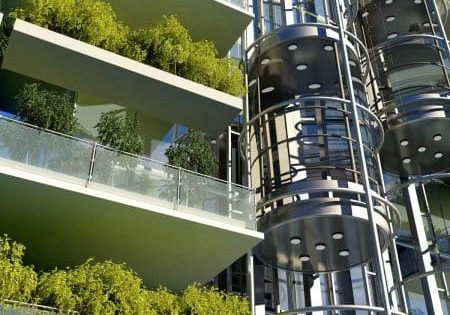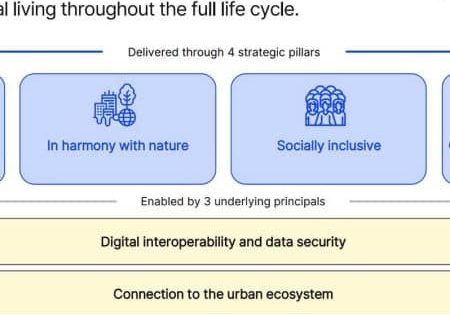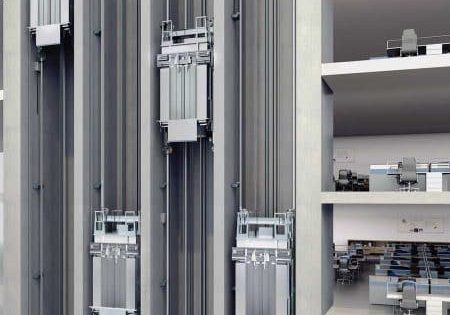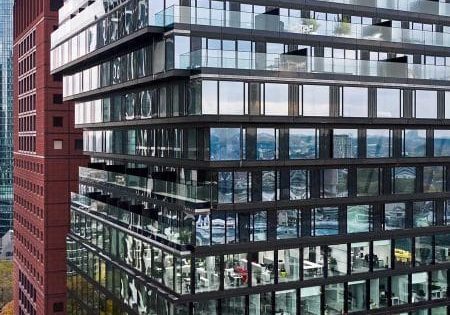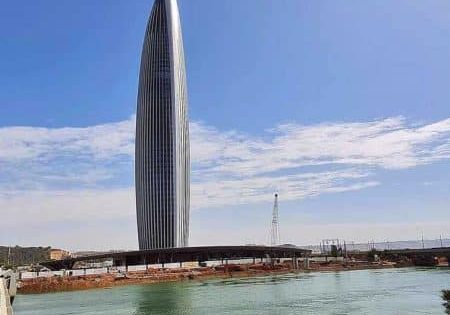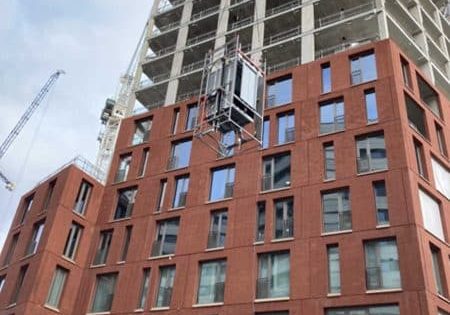What would happen if the more than one million elevators in Spain stopped working?
Technological innovation surrounds all areas of our lives, and this should make us think about situations that would not be desirable but that could occur and trigger a chain of economic, health, industrial and social catastrophes. One of the most technologically advanced sectors in Spain is vertical transportation (VT), but what if one day a technological collapse occurred: “What would happen if the more than one million elevators in Spain stopped?” Under this disturbing title, the Spanish Federation of Elevator Companies (FEEDA) has released a video in which it explains the possible consequences of the paralysis of this million-odd pieces of equipment that are distributed throughout the Spanish national territory.
In our country, there are currently a total of 1.1 million elevators. VT occupies the first position in the European ranking in terms of the daily mobility of the Spanish population, thus playing a vitally important role. This condition is supported by the more than 200 million daily trips made in elevators, as well as the 300 million people transported.
Through meticulous detail, the FEEDA video begins to review the immediate and devastating effects that this would have on various sectors of Spanish society.
The first area mentioned by the federation is labor and transport, and specifically, that of arrival at work and the loss of means of transport. A total of 2.5 million people would not be able to do their jobs; 14% of the gross domestic product (GDP) would be affected, resulting in a loss of EUR434 million per day. The effects would be immediate, FEEDA indicated, for this sector.
Another of the terrible consequences that the paralysis of the million or so elevators would entail would fall on the food sector, making it impossible to supply shops and supermarkets. The effects of this shortage would occur within 72 h, affecting 30% of shops and supermarkets.
Health is the third pillar that FEEDA mentions in the video with chilling figures. The consequences would mean the death of 360,000 people for each day of the paralysis of the equipment, which represents 256 times more than what could happen on a normal day. It is evident that “the impact would be direct, immediate and the health system would collapse in 96 h,” according to FEEDA professionals.
Another of the important pillars mentioned in the video is the industrial sector, which could collapse with fateful consequences. The paralysis of Spanish elevators would cause 15% of industries (28,500) to be affected in terms of their production and supply chains. According to FEEDA, losses would be in the millions and would be equivalent to 2.5 percent of the Spanish GDP.
And finally is the social level, the most sensitive, which would affect people trapped in their homes with special impact on elderly and dependent people. FEEDA estimates that 1.8 million people would be isolated in their homes, which would have dramatic effects within 48 h.
Given this Spanish social situation, which FEEDA exposes, it must be noted that only 0.6% of Spanish buildings are universally accessible, which increases the drama of dependency and mobility. Sixty-three percent of apartment blocks lack an entrance accessible from the street, and what is worse, 22% do not have an elevator, according to data provided by the General Council of Technical Architecture of Spain (CGATE).
In Spain, there are a total of 4.3 million Spaniards who suffer from a disability, and almost half of them are more than 65 years of age. Many live alone. The non-existence of an elevator or its stoppage for technical reasons constitute architectural barriers for these people, turning their homes into “real traps,” according to the CGATE. According to the Mutual Property Owners Foundation, some 1 million people in Spain are unable to go outside due to the absence of an elevator, which is why they have had to move to another home to improve their quality of life.
This forced move occurs because economic disagreements often occur in communities of owners. On many occasions, the works tend to have a fairly high cost since elevators must be replaced or installed, and for the most part, the interventions affect structural elements.
In the event that the property has an elevator and an adaptation is required to make it accessible, an installation would be required to locate the descent to ground level, which entails the elimination of any architectural barrier at the access door to the portal. This investment would range between EUR10,000 and EUR40,000. In the case of buildings that require execution and installation of new equipment, the investment rises to EUR120,000 or higher.
New technologies are going to be an important tool for public and private institutions to promote accessibility in Spain and ensure that a person with a disability can function more autonomously in the built environment. “From the automation of different elements, mobility sensors, visual information screens, voice assistants, LCD and LED signage, etc., innovation is a great ally for universal accessibility,” CGATE sources point out.
Up to 20,000 people work in the field of VT with the purpose of avoiding fearful scenarios, as well as resolving different cases to make mobility easier for citizens. This FEEDA video aims to raise awareness in society about the importance that this service provides to the community and thanks all professionals in the sector for their daily contribution.
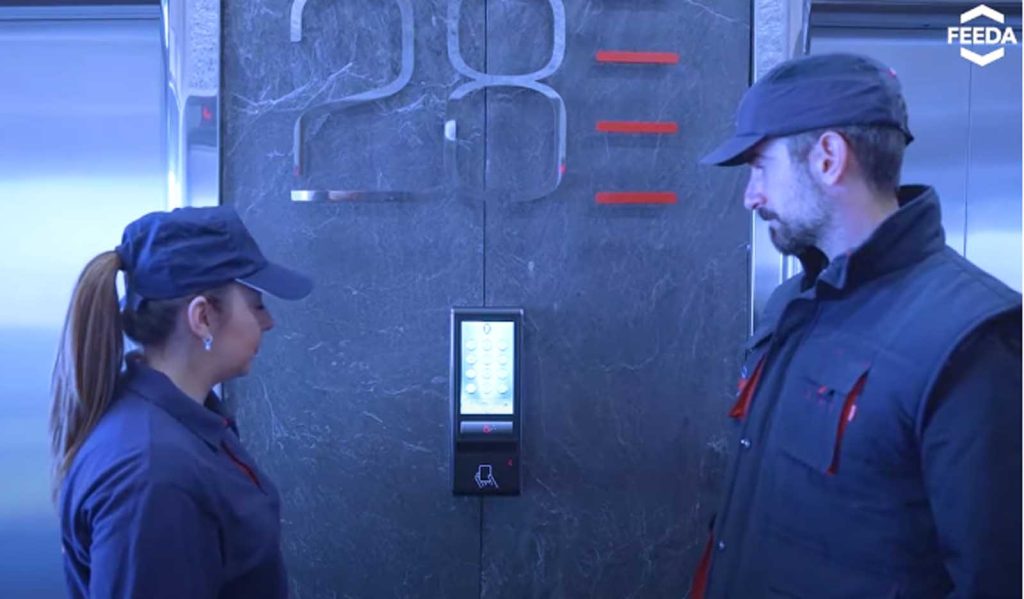

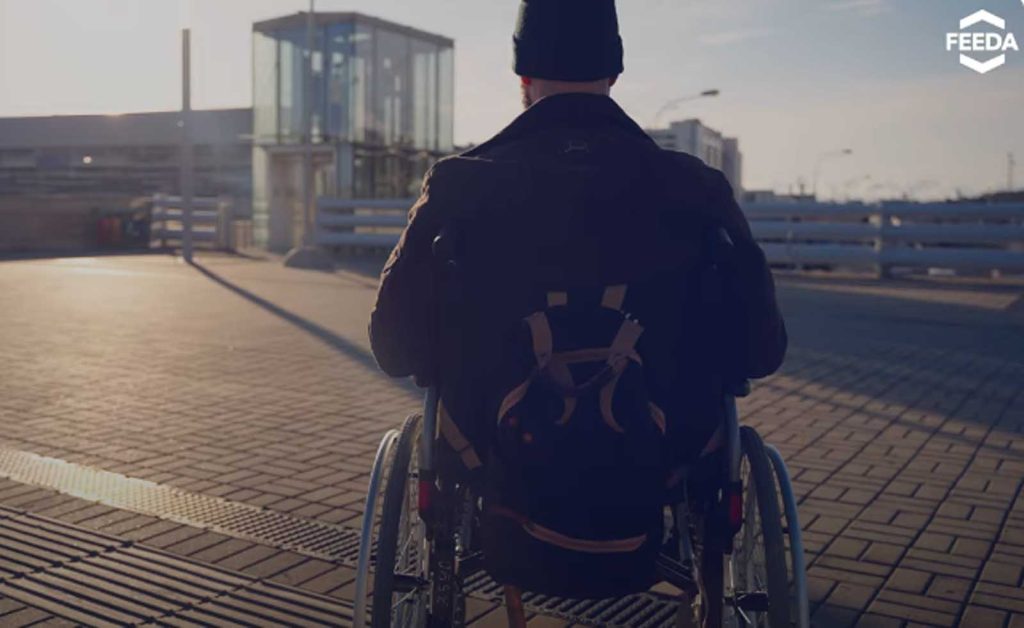
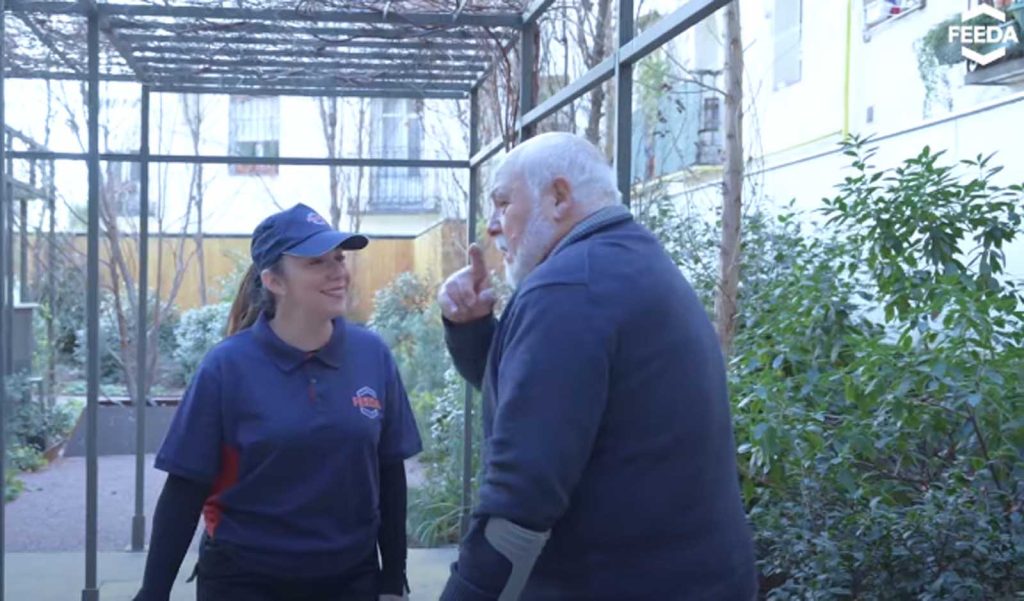
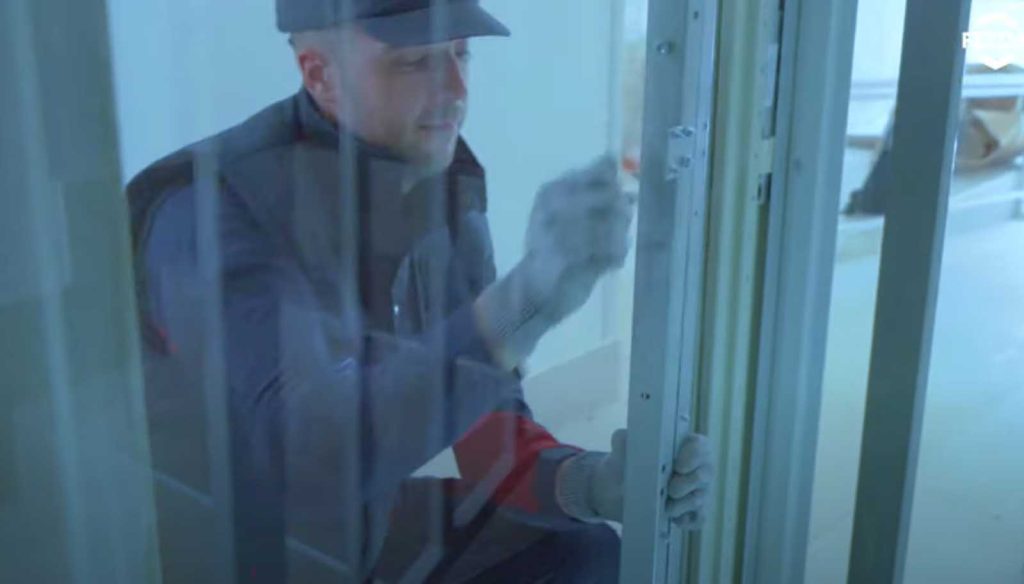
Get more of Elevator World. Sign up for our free e-newsletter.



